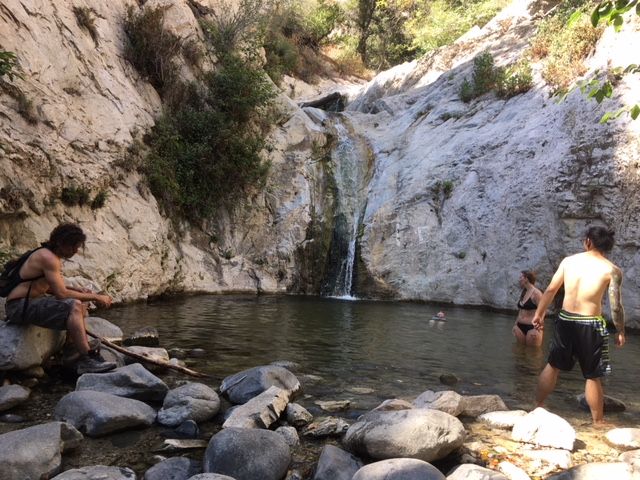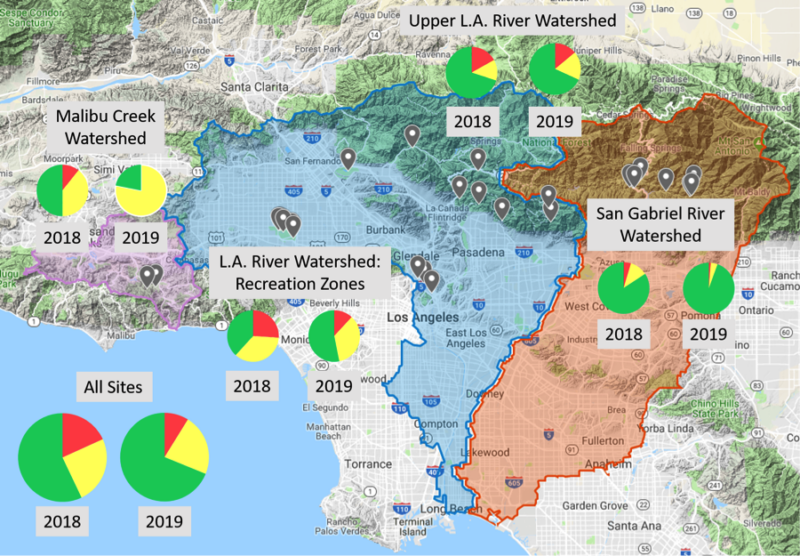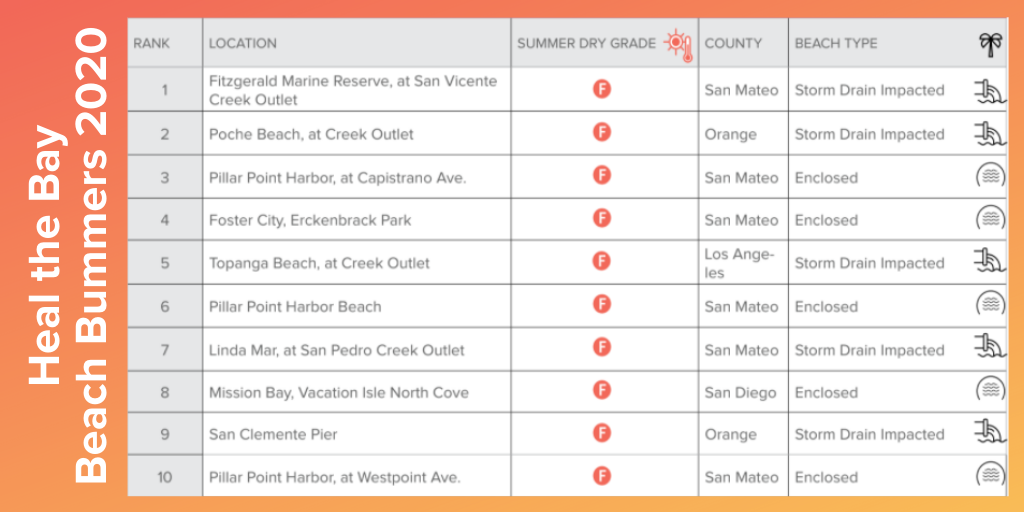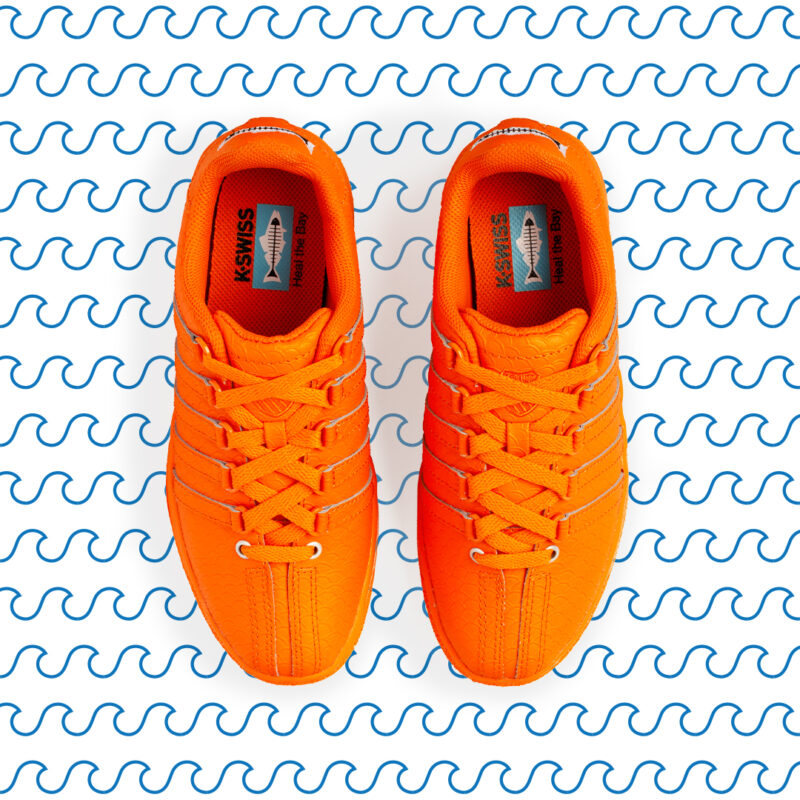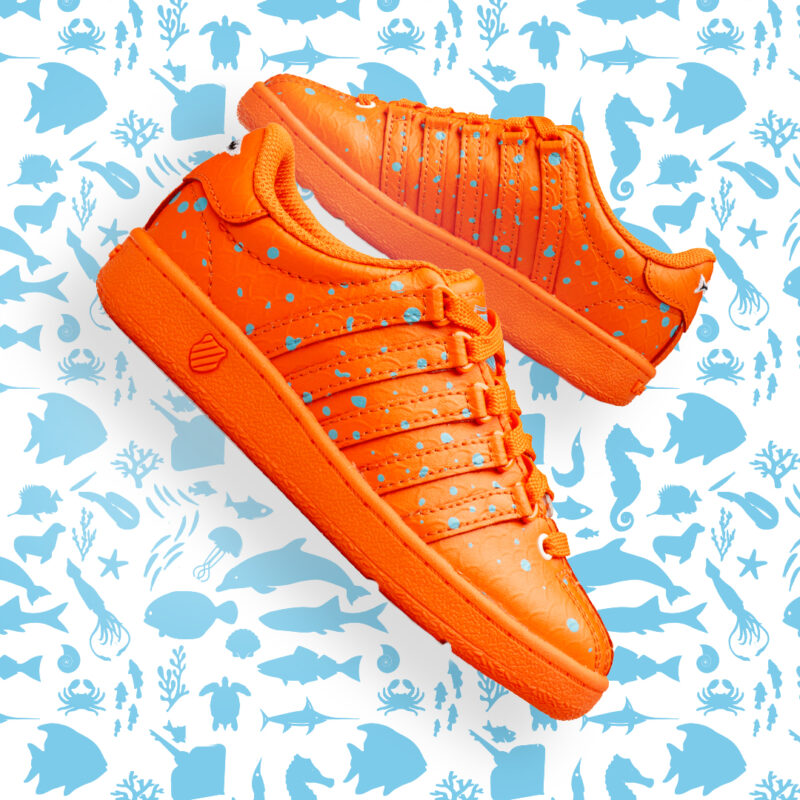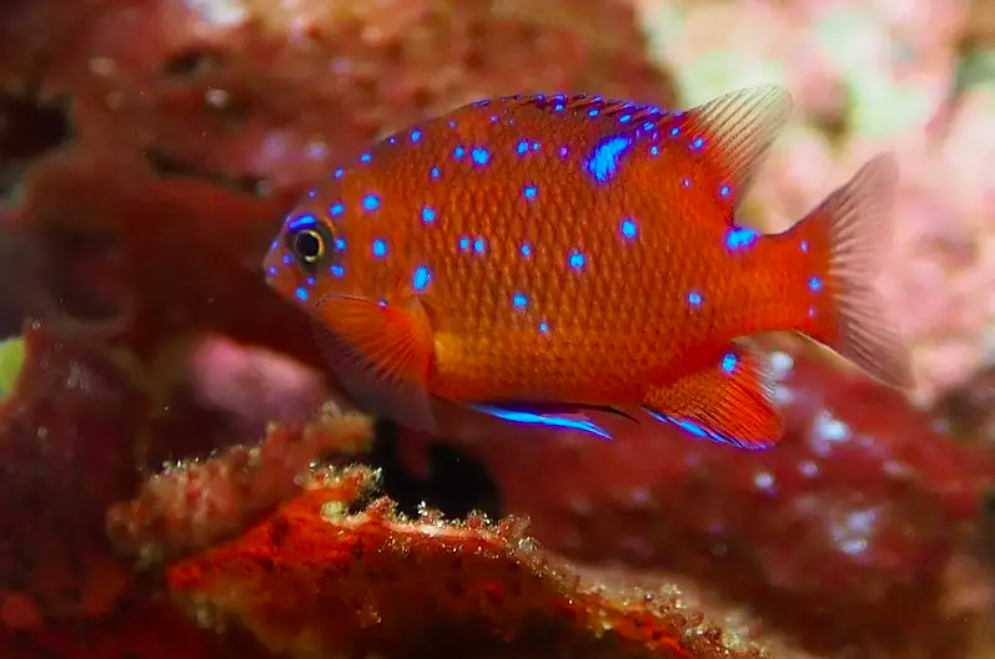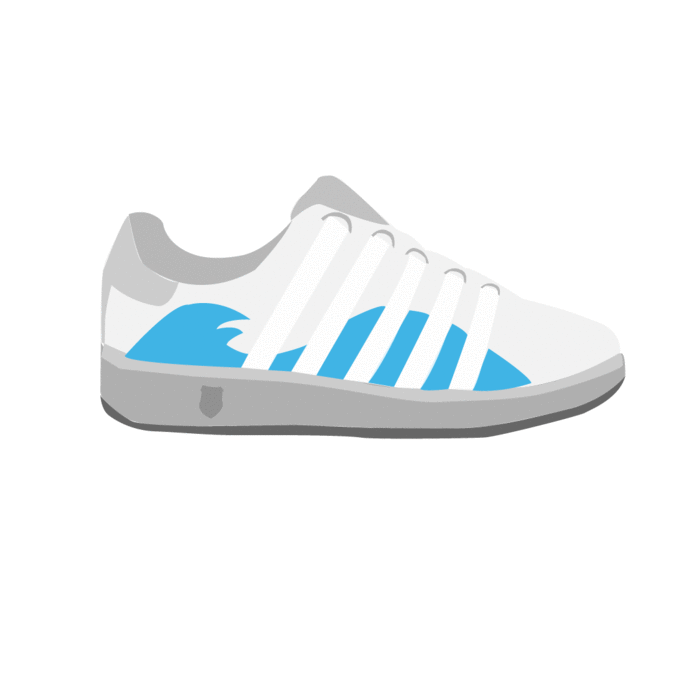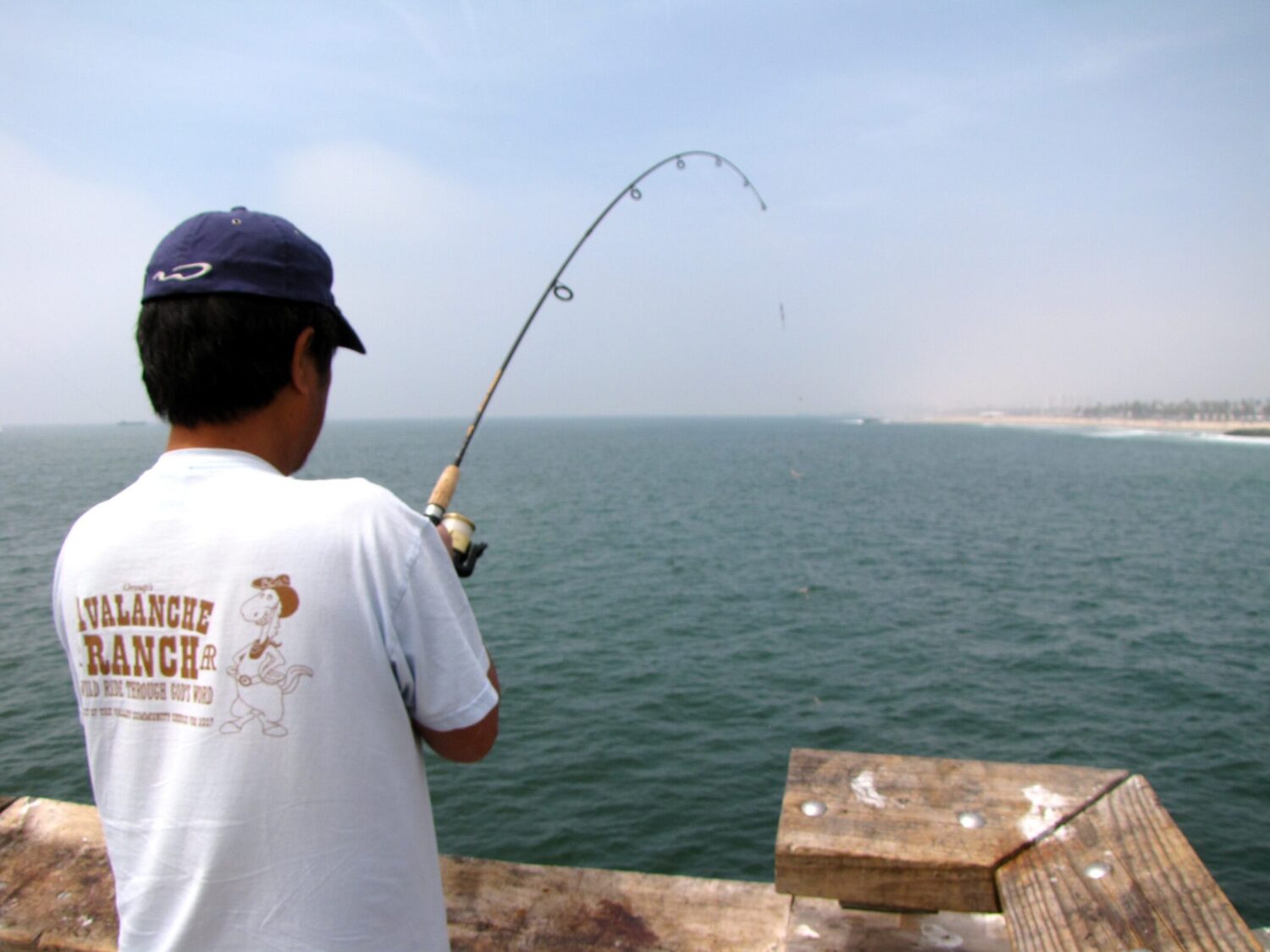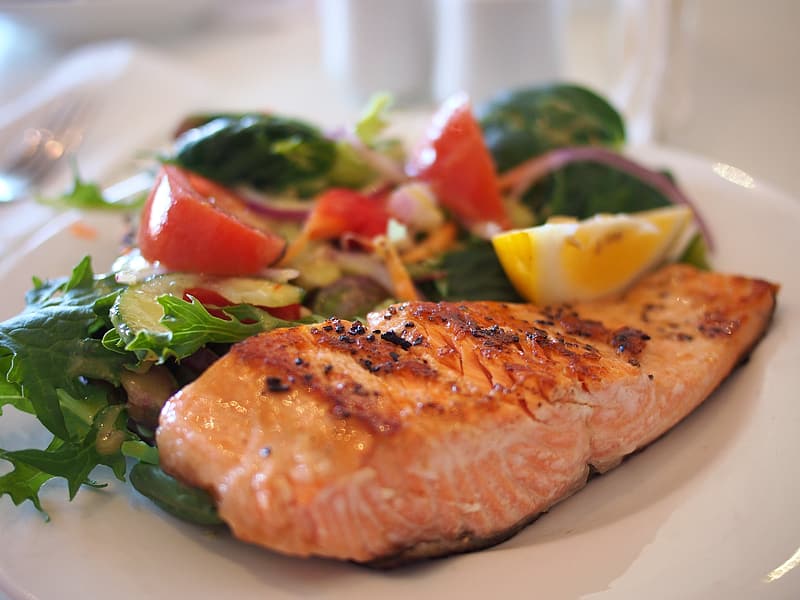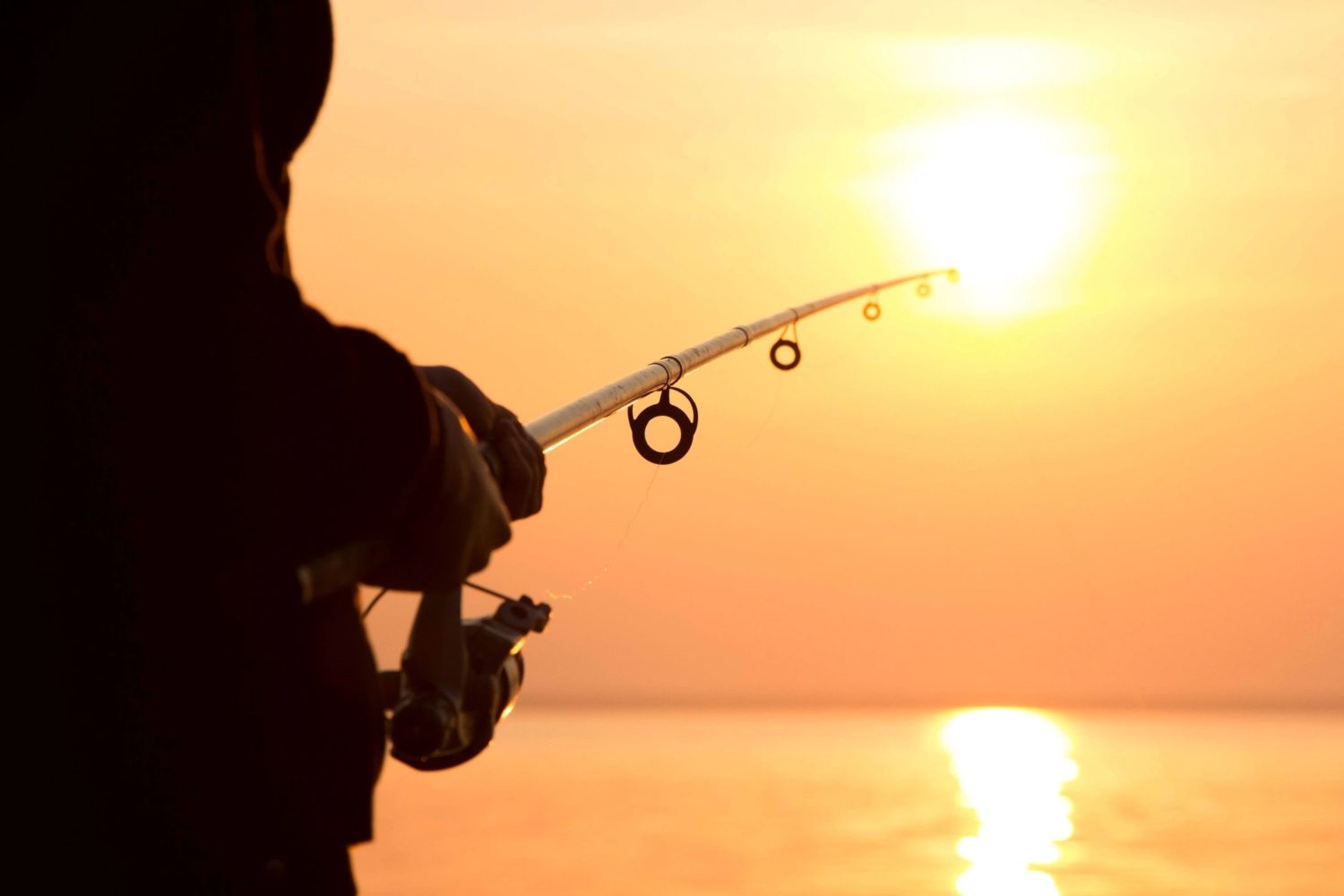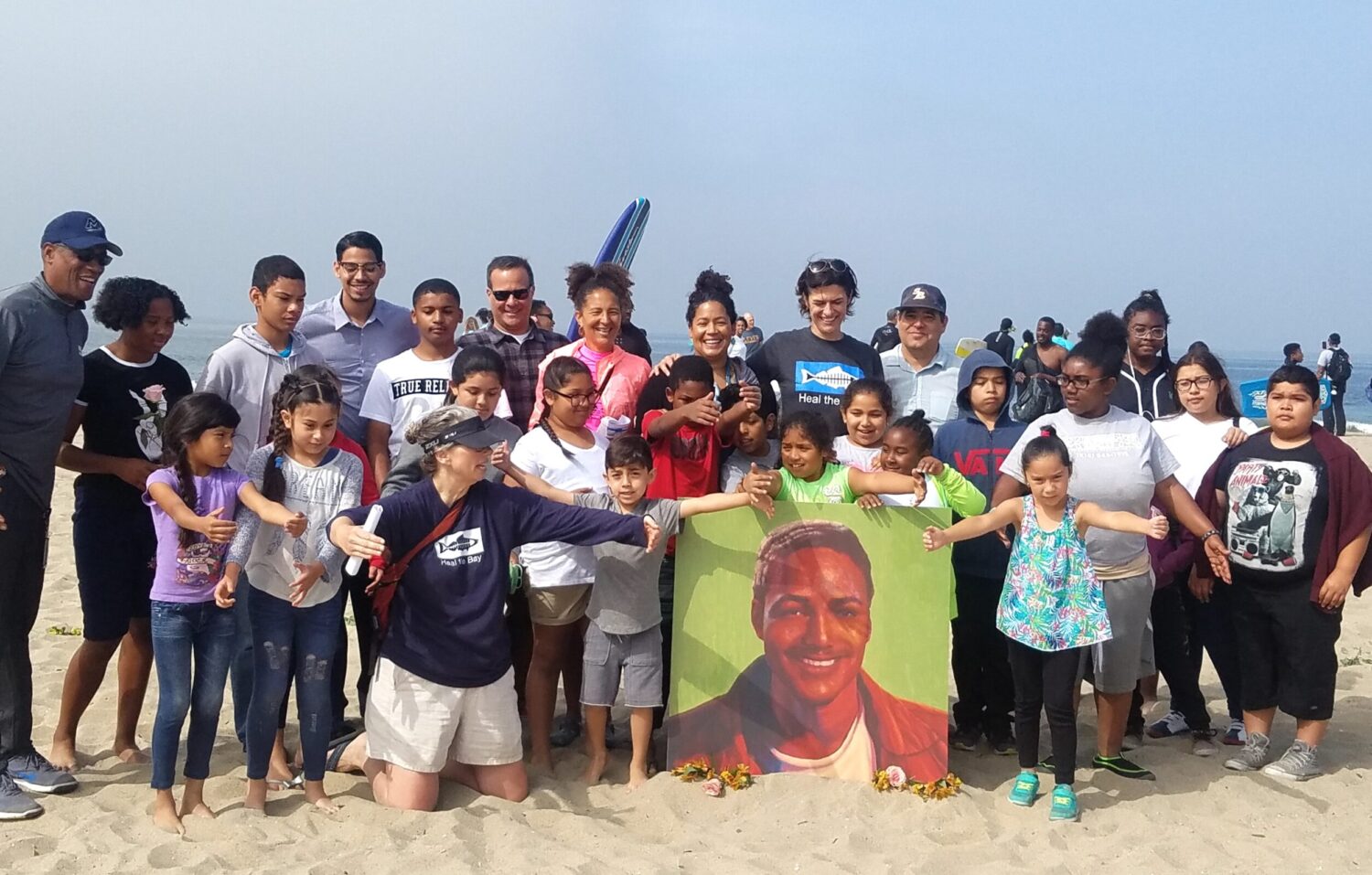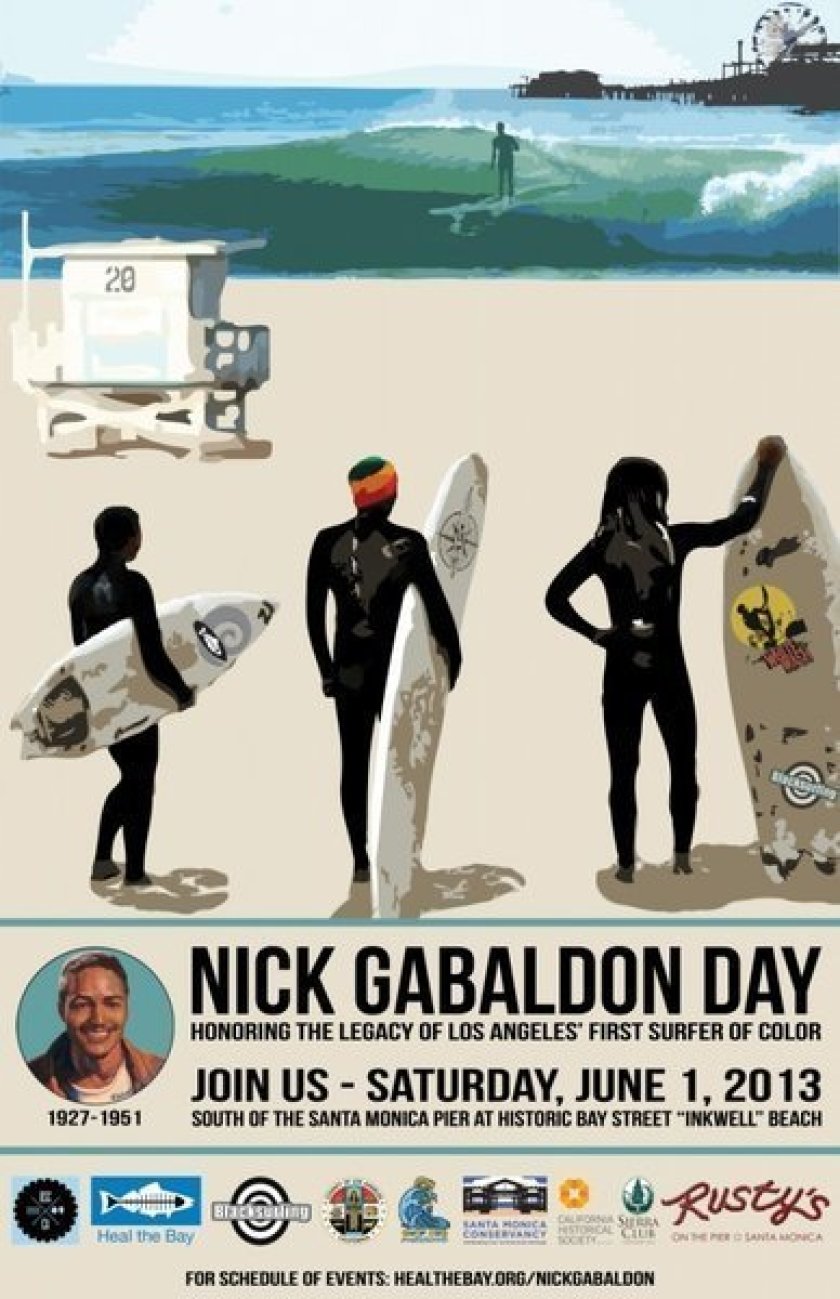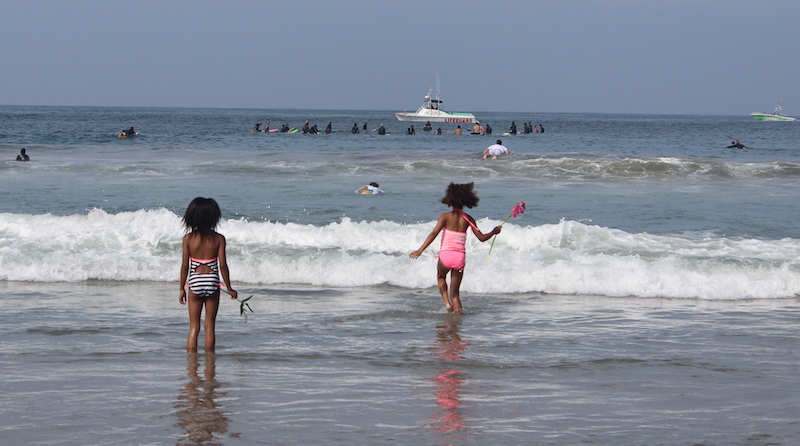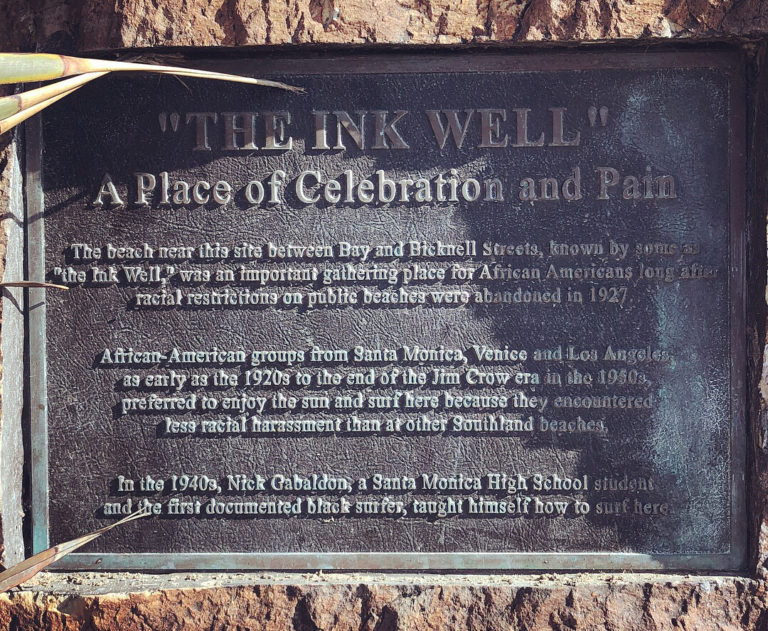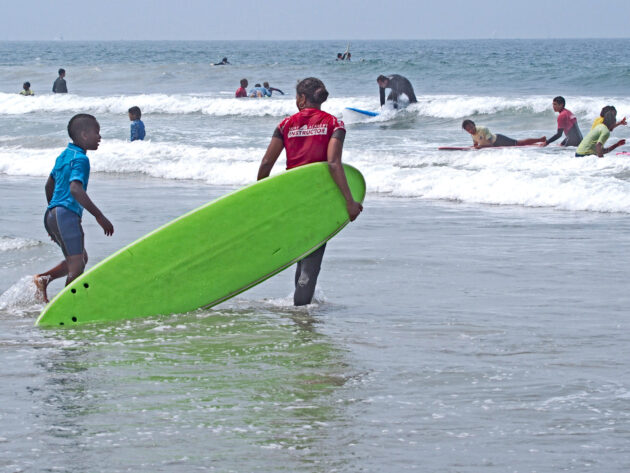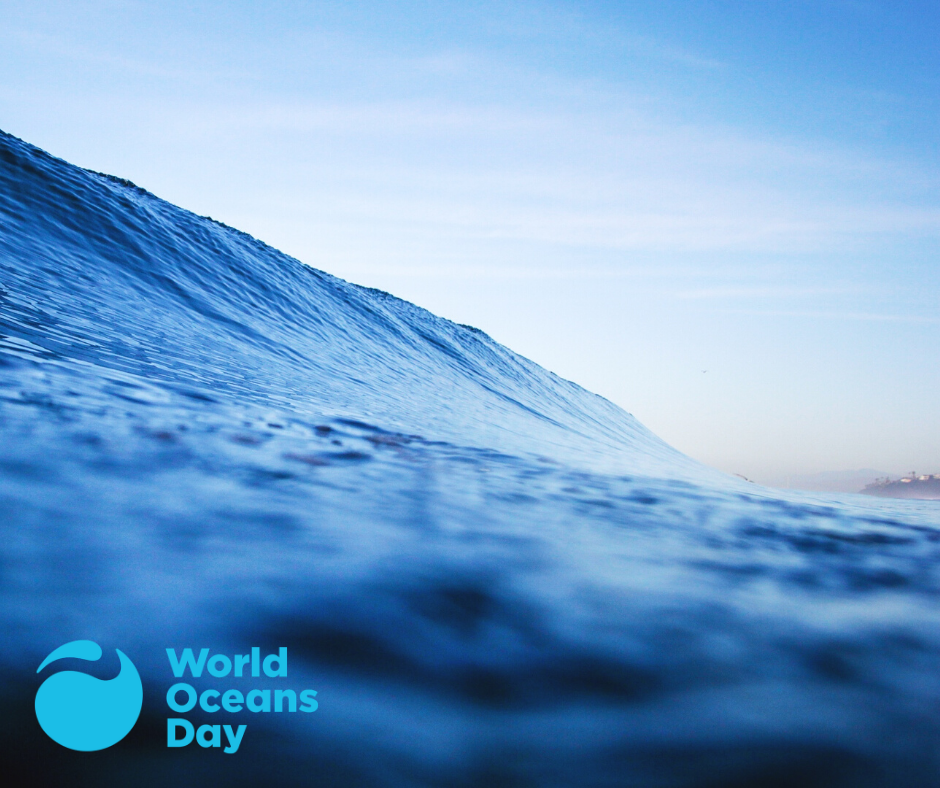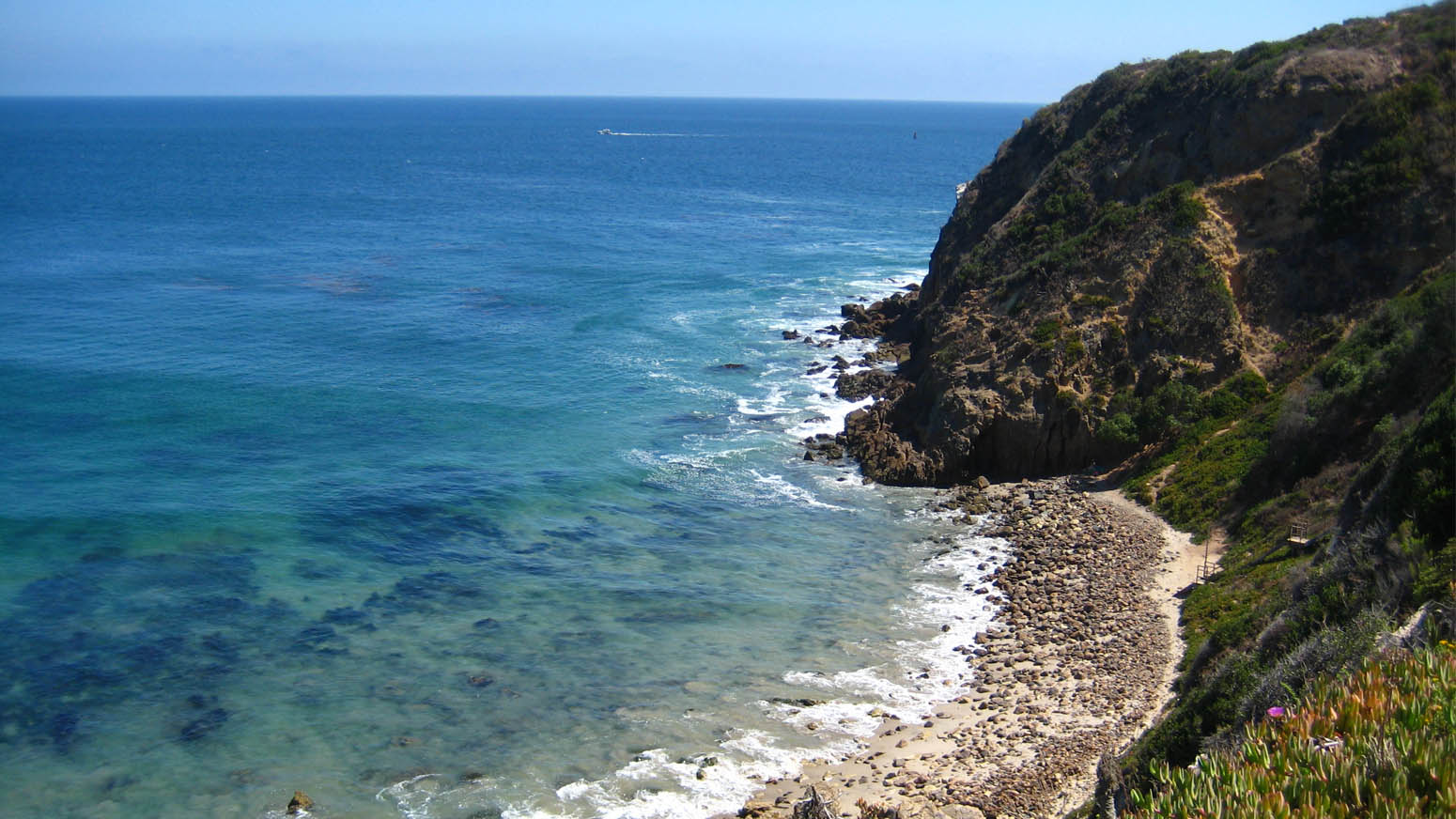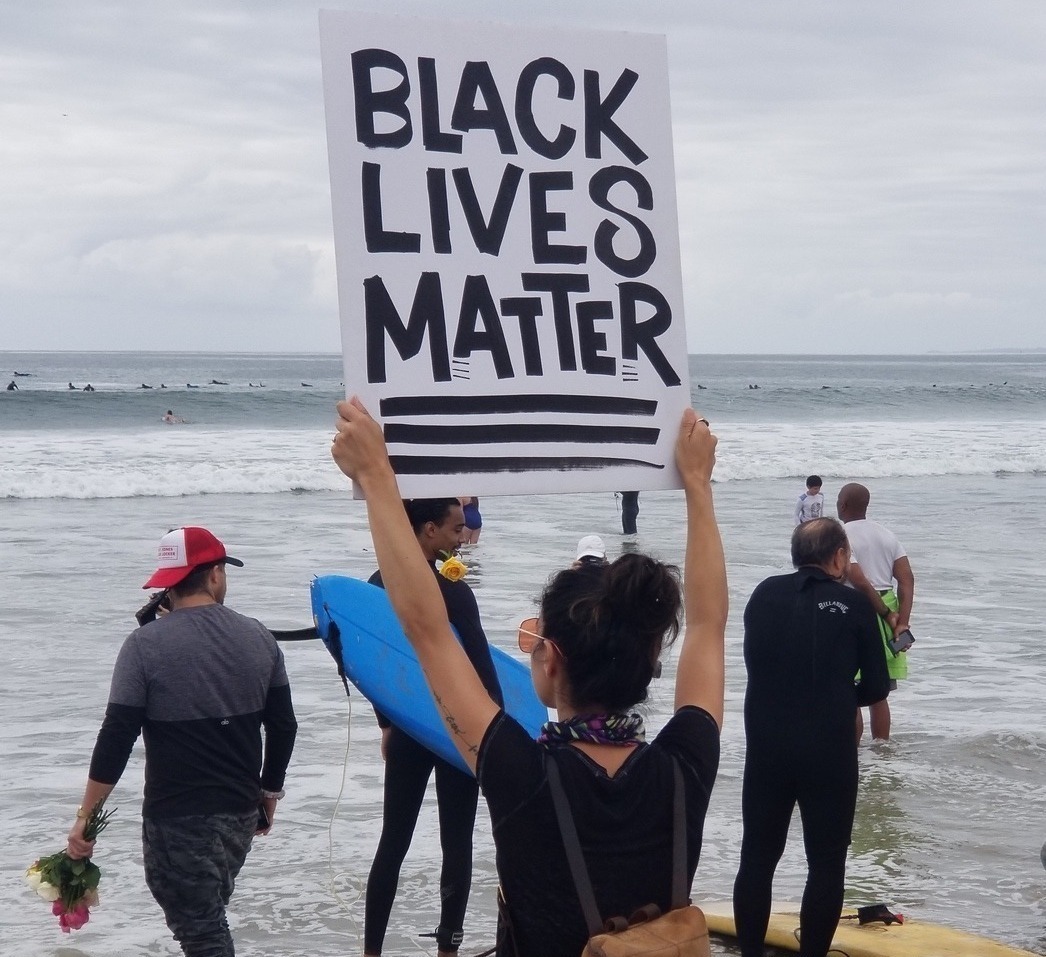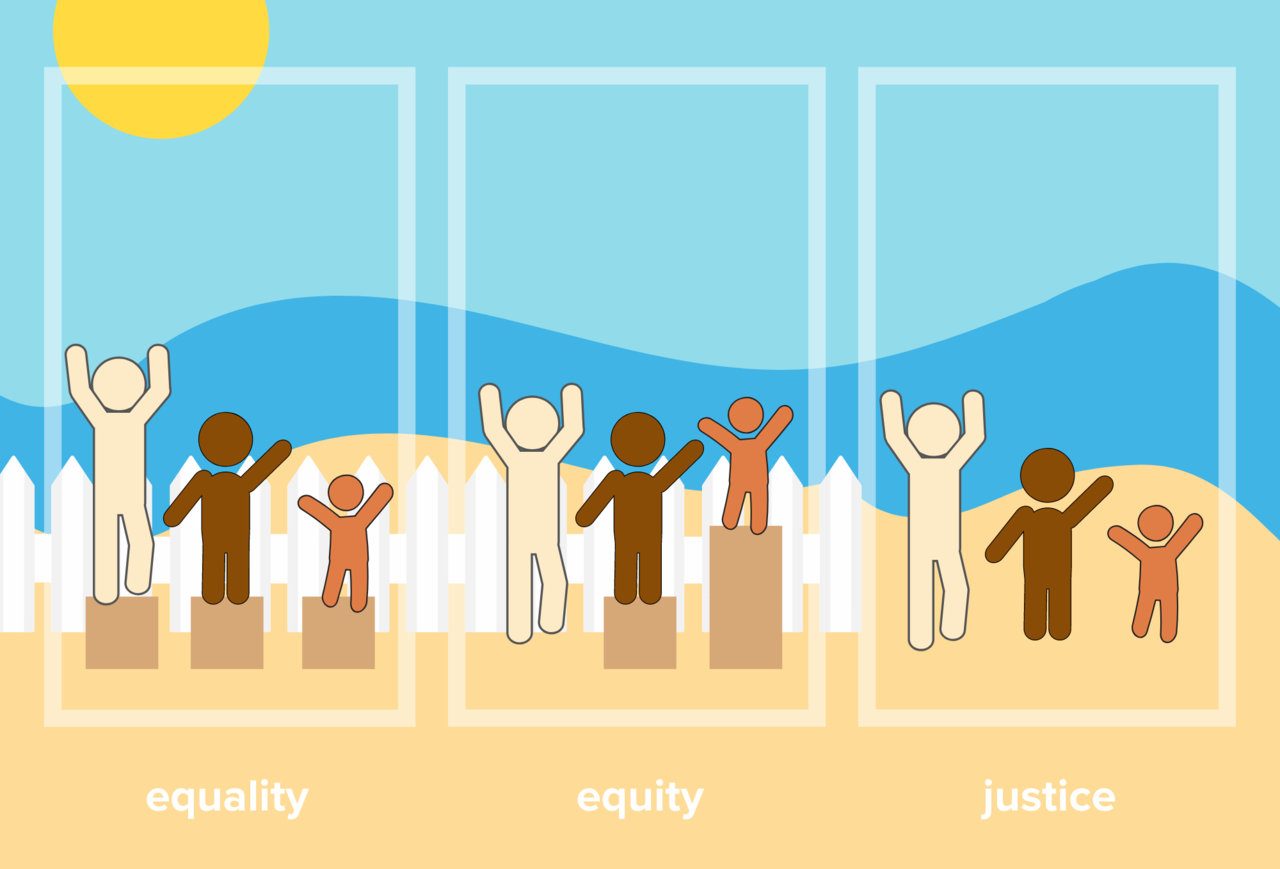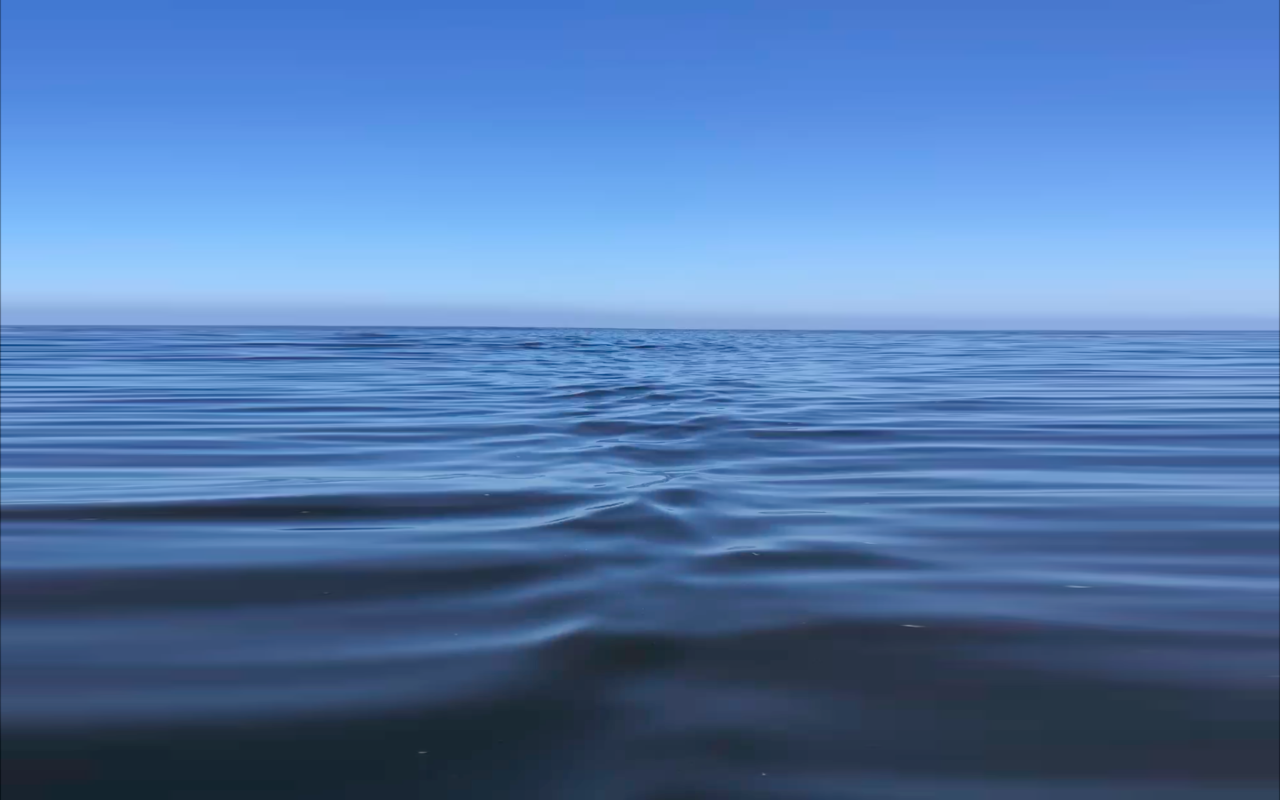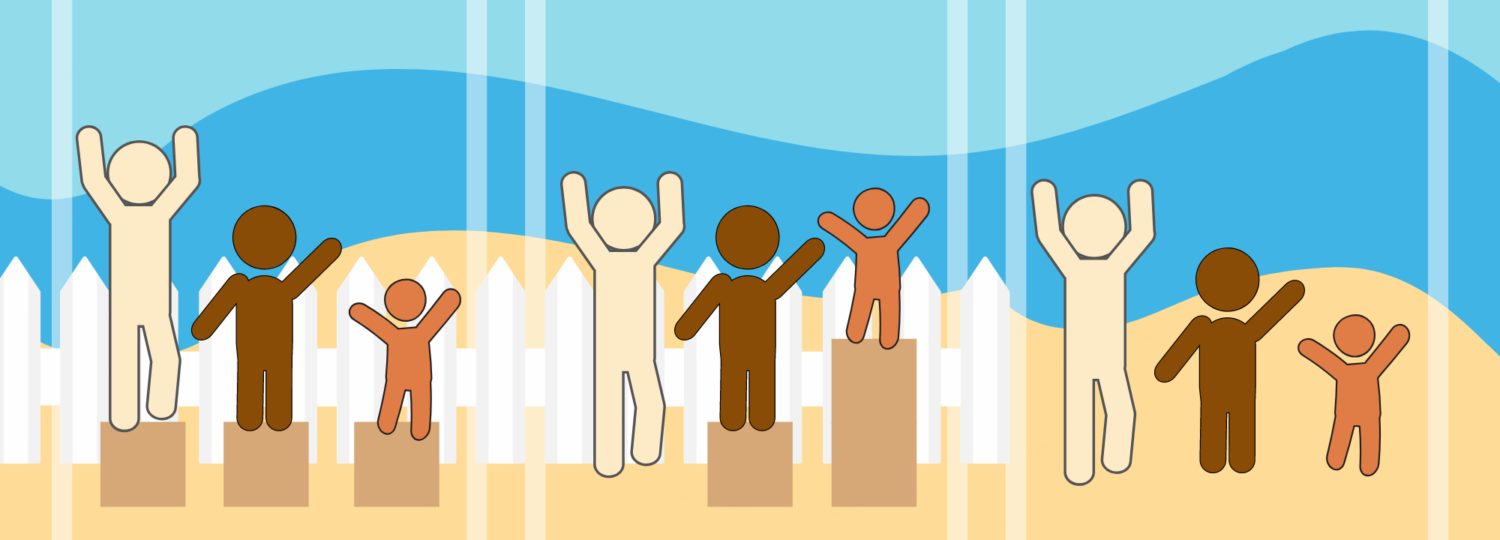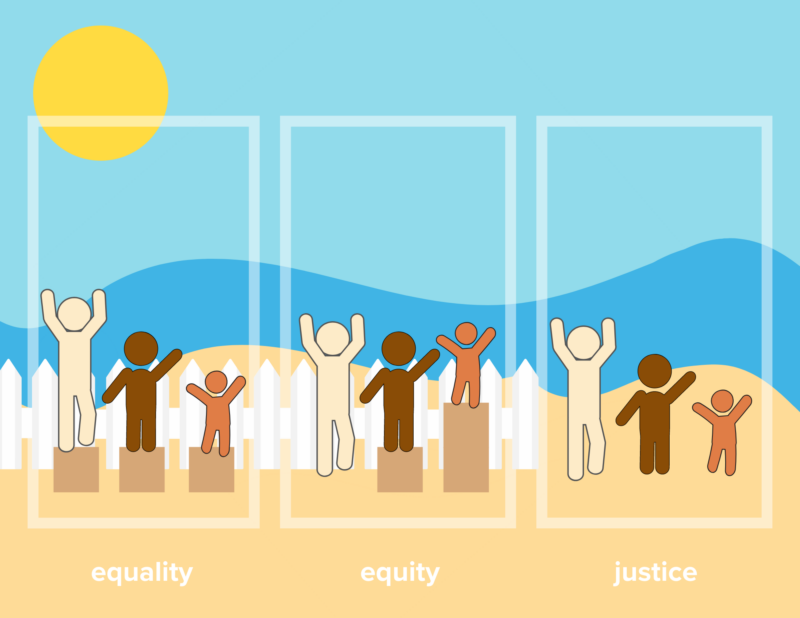Heal the Bay Water Quality Scientist, Annelisa Moe, shares how we can save a precious water resource, hold polluters accountable, and stay updated on all things stormwater.
Each year, Los Angeles County wastes 100 billion gallons of stormwater as it flows through our streets, into our rivers, and out to the ocean. But it gets worse. The pollution that is swept up by this stormwater contaminates our waterways, floods our neighborhoods, and even exacerbates the negative effects of climate change: worsening ocean acidification and triggering new growth of harmful algal blooms.
As we look to the future, we can turn this hazard into a resource by capturing, cleaning, and reusing local stormwater. Properly rebuilding our stormwater infrastructure will protect the environment from stormwater pollution while also providing an affordable water supply, equitably stimulating our economy, and creating healthier communities that are more resilient to the effects of climate change.
In order to ensure that we responsibly recycle stormwater across Los Angeles County, we need a carrot-and-stick approach. The carrot: an incentive for those who discharge polluted water to take action against their pollution. The stick: accountability for dischargers who continue to contaminate our environment with polluted stormwater.
THE CARROT: Measure W
Los Angeles County voters already gave dischargers their carrot when they passed the Safe, Clean Water Program (Measure W) back in 2018. The measure provides a dedicated and reliable source of funding to build the kinds of projects that capture, clean, and reuse stormwater.
THE STICK: The MS4 Permit
The discharge of polluted stormwater is regulated by the Los Angeles Regional Water Quality Control Board through the Municipal Separate Storm Sewer System (MS4) Permit. Cities and counties are permittees under an MS4 Permit and are each responsible for their polluted stormwater runoff.
The LA County MS4 Permit has been around since 1990, and yet stormwater is still a major source of pollution in LA’s waterways. The last update to the permit occurred in 2012 and, to our dismay, the Los Angeles Regional Board voted to approve a 2012 MS4 Permit that was nearly impossible to enforce. Because of this lack of accountability, permittees are woefully behind schedule to meet federal Clean Water Act requirements.
The MS4 Permit is up for renewal again this year, which provides an opportunity to advocate for a strong permit that has simple and straightforward requirements, measurable goals with transparent reporting, and enforceable deadlines. This type of simple, measurable, and enforceable permit is more accessible to all stakeholders, including members of the public. It ensures everyone knows what needs to be done and informs people how quickly progress is being made towards achieving water quality goals. A strong MS4 Permit holds permittees accountable to their requirement to reduce stormwater pollution.
LET’S TAKE LA BY STORM
2020 is our year to fight for justice and for the protection of public health. A strong MS4 Permit can help to ensure that our tax dollars are immediately put to good use to equitably invest in our communities and in our water future.
We need more community representation as this new MS4 Permit is finalized so that the terms of the permit are not decided solely by its permittees, but rather by all stakeholders, including YOU, who deserve a healthy environment with access to safe and clean water. The draft permit is expected to be released in mid-August 2020, followed by public workshops and a 60-day public comment period. This is our chance to advocate for a strong permit that holds permittees accountable so we can finally reduce stormwater pollution.
Join Heal the Bay to Take LA By Storm and demand a strong MS4 Permit!
You will receive:
- MS4 Permit information
- Public workshop notifications
- Public comment opportunities
- Instructions and guidance for submitting public comment
- And more!




